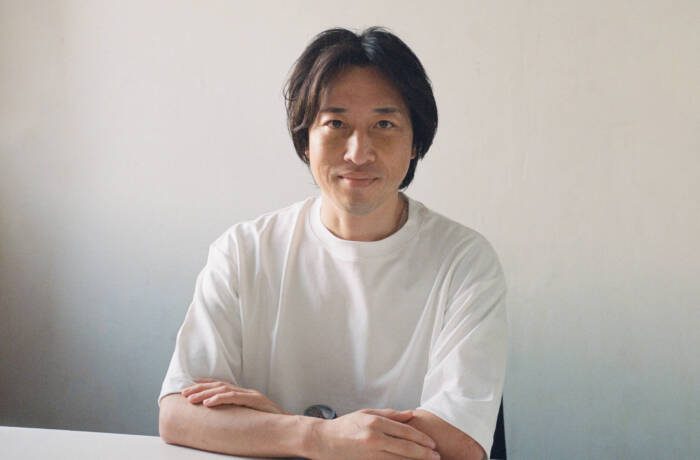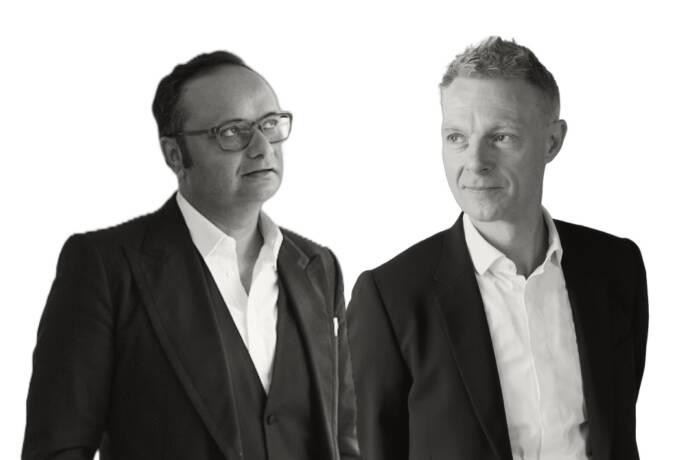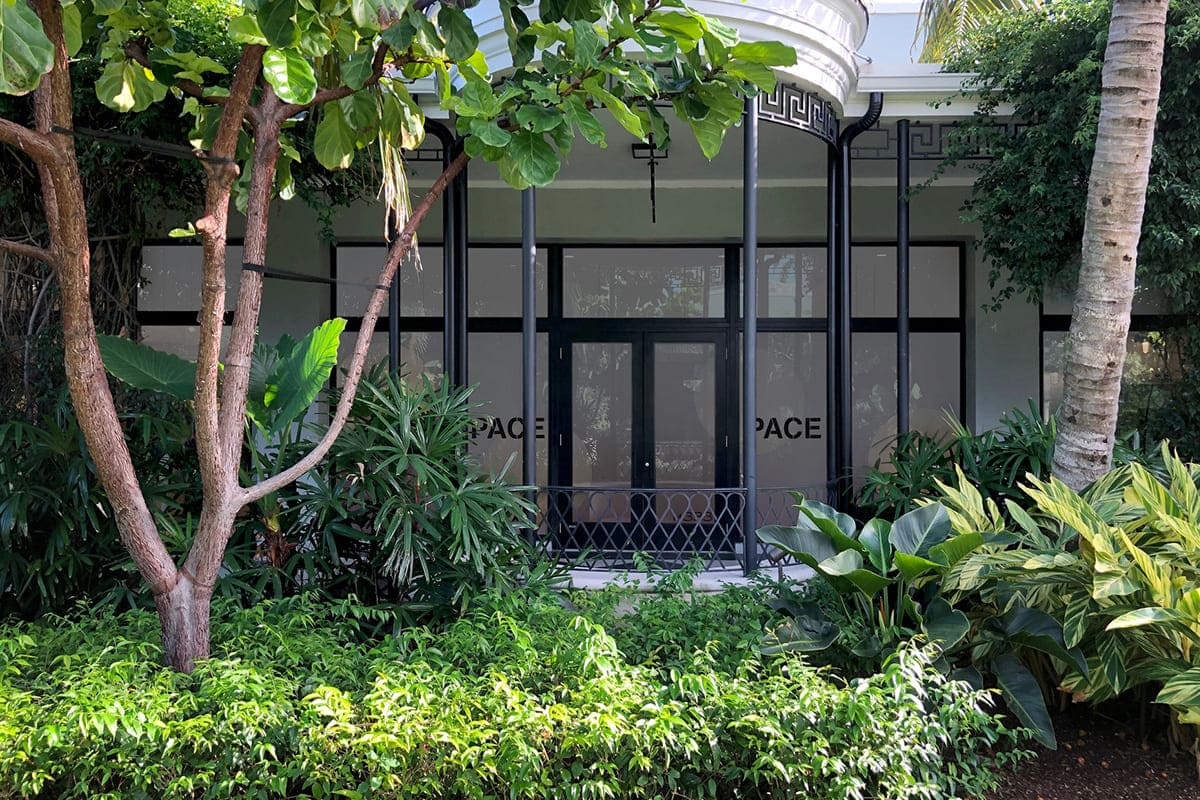
Pace Gallery’s new space in Palm Beach, Florida
As part on an ongoing monthly column for LUX, artnet’s Vice President Sophie Neuendorf discusses the cultural shifts caused by the pandemic and forecasts the future shape of the art industry
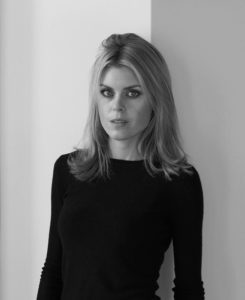
Sophie Neuendorf
Prior to the pandemic, city life was often synonymous with a thriving arts and culture scene. Most of the world’s major cities offered a plethora of national and international galleries and museums to tempt tourists and locals alike, alongside the global rota of art fairs and biennials. It was an exciting ecosystem that was supported by constant stream of international art lovers and collectors.
Follow LUX on Instagram: luxthemagazine
However, as James Tarmy recently wrote in Bloomberg, the pandemic has radically changed the status quo and has been vastly more painful to museums and nonprofit art organisations than to commercial galleries. The main reason for the disparity, he explained, is that “buying art is mostly a private activity; seeing art is much more communal.” His article reveals that sales have remained surprisingly robust at multiple levels of the market, from modestly sized dealers like James Fuentes and François Ghebaly to blue-chip galleries like David Zwirner and Hauser & Wirth. The rapid pivot to online sales are largely responsible last year’s robust sales, with $10.1 Billion spent on fine art sales in 2020 (Source: artnet Price Database). Private sales have also proved resilient— perhaps not surprising, given that the collective wealth of America’s 651 billionaires, for example, has increased by $1 trillion since the start of the pandemic. Strong interest from millennials, who squirrelled away vast amounts of disposable income amidst the lockdown, and robust activity from Asia are further fuelling demand.
When it comes to projecting the art industry’s timeline for full re-emergence from lockdown, it would be wise to note not only the rate of vaccination as a benchmark, but also the psychological impact and cultural shift initiated by the pandemic. For example, countryside living is having a renaissance, fuelled by remote working. While previous generations were drawn to cities for work and leisure alike, the restrictions of our global lockdown have bought about a counter-reaction to city life. A shift to working from home, zoom calls, and decreased business travel support this change. But what does this cultural shift mean for the art industry? How will galleries, museums, and institutions respond to collectors’ migration away from the world’s major cities?
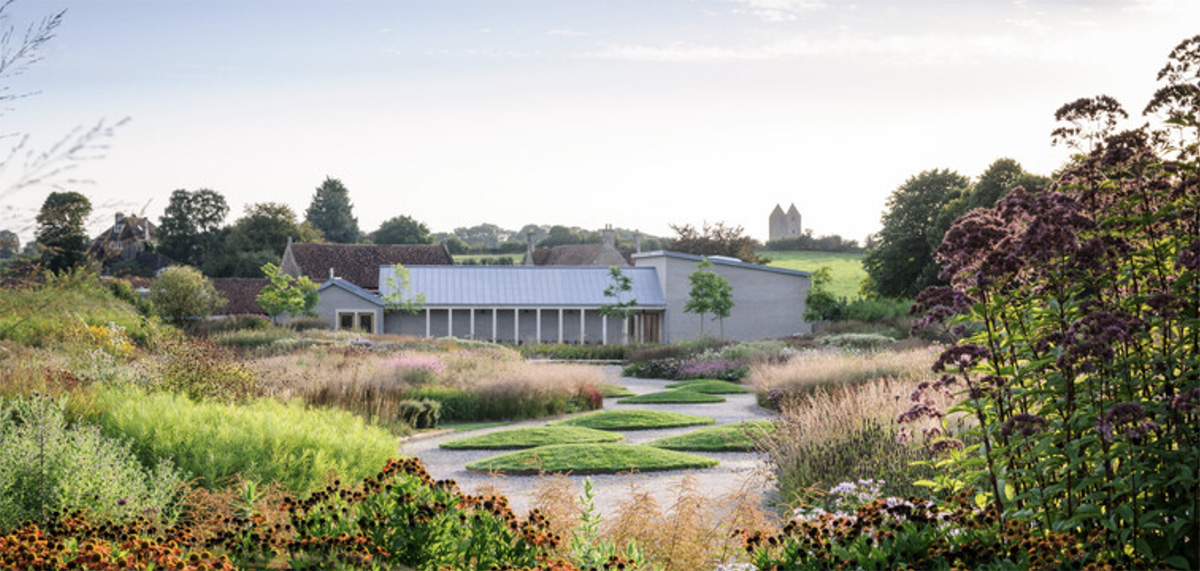
Hauser and Wirth Somerset
As restrictions in movement and social distancing measures continue, more and more galleries, artist residencies, and institutions are finding homes in coastal towns and the countryside, opening up spacious, Covid-19 friendly spaces to attract collectors in a safe space.
Read more: Philip Hewat-Jaboor on discovering art through materials
Last summer, already saw an increase in pop up gallery spaces in popular destinations such as the Hamptons, Aspen, St Moritz, and Mallorca. Hauser & Wirth was ahead of the trend with its opening of H&W Somerset and this summer will see the launch of a new space in Menorca, and in Monaco. Similarly, Pace Gallery is expanding within Seoul, as Asia is recovering more rapidly from the pandemic in comparison to European countries. The gallery is also catering to its Western clients who are migrating to coastal towns, by opening up spaces in East Hampton and Palm Beach.
As more and more galleries are responding to the “new normal,” a hybrid model will most likely develop. Taking advantage of the increased collector confidence in online transactions, galleries as well as auction houses will be able to connect with their clients online, while also opening up Covid-friendly spaces in more rural locations.
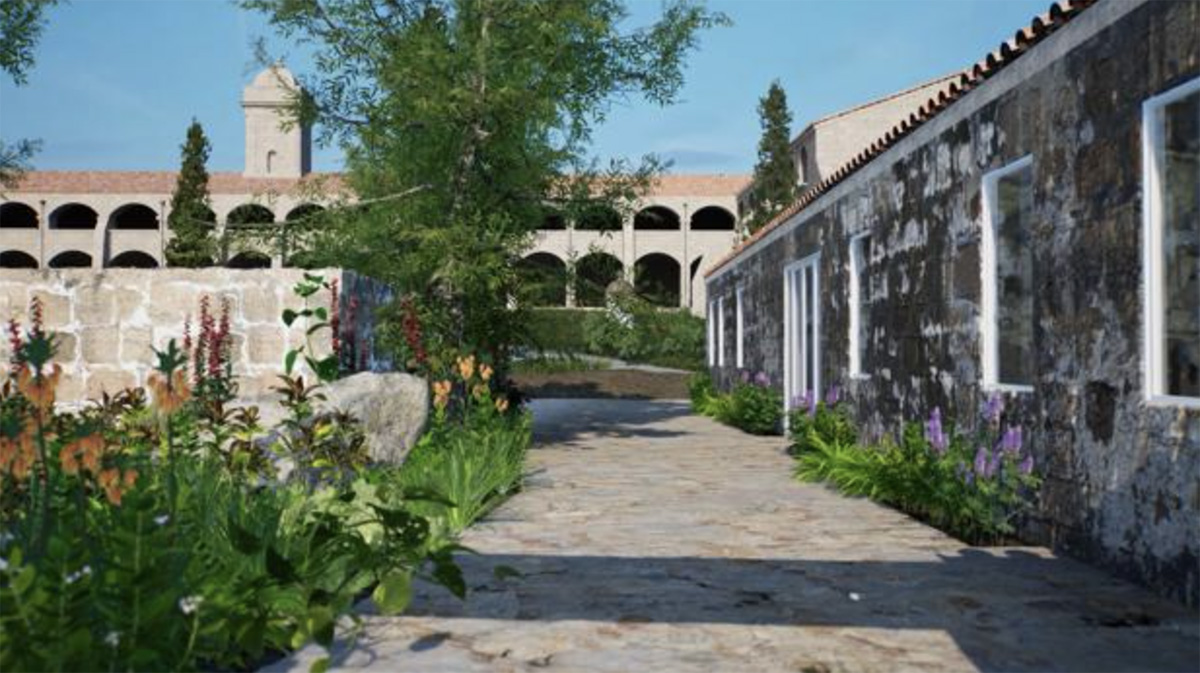
Hauser and Wirth Menorca is scheduled to open in July 2021
The drama of quarantine also opened up previously unlikely collaborations between fairs, dealers, auction houses, and even luxury brands. For example, Bulgari sponsored Sotheby’s Old Master Week in January, outfitting the auctioneer and staff in the brand’s jewels. I suspect we’ll be seeing many more partnerships of this kind as well as auction-art-fair hybrids like Christie’s recent project with the 1:54 contemporary African art fair or Johann König’s ‘Messe’ in St Agnes.
The incredible innovations rapidly developed during the pandemic—from live-streamed sales to a rolling battery of online offerings—are here to stay. Industry insiders and experts are predicting a surge of post-lockdown activity, but physical openings and exhibitions will continue to be complemented by online sales. The art industry has definitely changed, but I’m hopeful for what comes next.
Follow Sophie Neuendorf on Instagram: @sophieneuendorf


